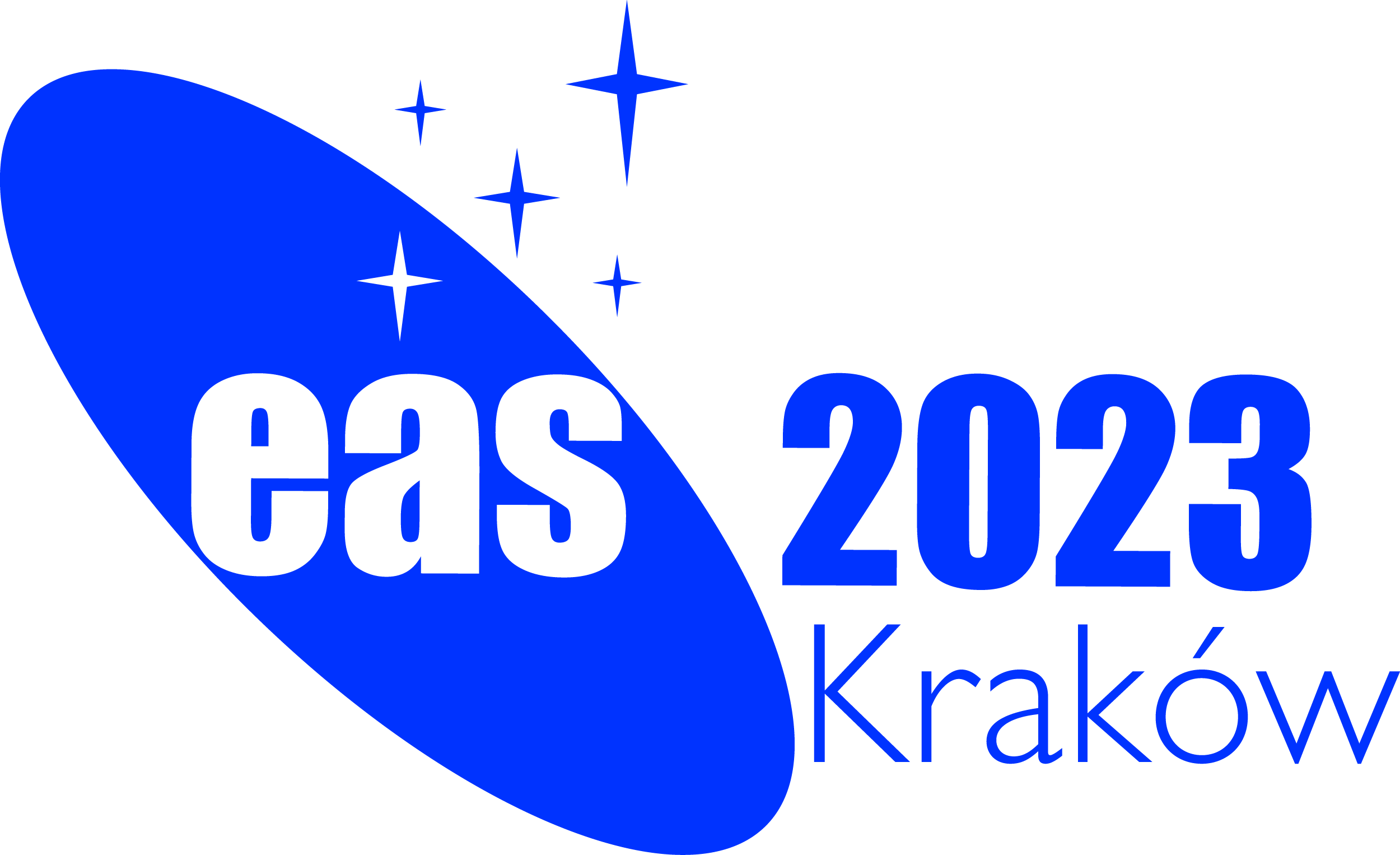Symposium S7
13-14 July 2023
One year of JWST: photodissociation regions, protostars, disks, and planets

Aims and scope
Almost 40 years since the Infrared Astronomical Satellite (IRAS) completed the first, full-sky survey, a succession of infrared space-born facilities (ISO, Spitzer and Herschel) have each pushed the frontiers, helping us to uncover the complex processes which govern the formation of stars and planets. The unique capabilities of the James Webb Space Telescope (JWST) now allow us to study the, otherwise inaccessible, processes governing the formation of stars and planets, to an unprecedented detail. As a space-based cryogenic 6.5m telescope, JWST represents a staggering improvement in sensitivity along with unprecedented spatial resolution across the near and mid-infrared.
The first full year of operations will be filled with revolutionary discoveries. This session will focus on the first results from JWST after the first year of operations, in the context of the star and planet formation, from PDRs to planets. This meeting provides the perfect opportunity to discuss the experiences scientists have accumulated over this first year regarding observing strategies and the interpretation and modeling of JWST data. This symposium aims to strengthen the links between these communities and establish, early on in the mission lifetime, the key science drivers for follow-up studies.
Programme
This symposium will address the following scientific topics:
- Overview of relevant JWST instruments/programme overview
- Photon-dominated regions
- Accretion, jets and outflows
- Protoplanetary disks
- Planet formation
- Future prospects
Invited speakers
We will have presentations by ERS, GTO, and GO programs. The present invited speakers are confirmed:
- Patrick Kavanagh (Maynooth University) on JWST instruments and the observation time/programs
- Tom Ray (Dublin Institute for Advanced Studies) on jets, outflows, and winds
- Logan Francis(Leiden University) on protostars and their chemistry
- Els Peeters (Univ. of Western Ontario) on PDRs in Orion
- Pierre Guillard (Institut d'Astrophysique de Paris) on moderate and excited PDRs
- Inga Kamp (Kapteyn Institute, Groningen) on protoplanetary disks
- Maria Claudia Tannus (MPIA) on protoplanetary disks in highly-irradiated environment
- Elisabeth Matthews (MPIA) on planet formation and the direct imaging of exoplanets
- Christian Rab (MPE) on circumplanetary disks
Scientific organisers
- Marc Audard (Co-Chair; University of Geneva, Switzerland)
- Matthias Samland (Co-Chair; MPIA, Germany)
- Odysseas Dionatos (University of Vienna, Austria)
- Caroline Gieser (MPE, Germany)
- Joel Green (STScI, USA)
- Agnes Kospal (Konkoly Observatory, Hungary)
- Emilie Habart (Université Paris Saclay, France)
Contact
Marc.Audard @ unige.ch and samland @ mpia.de
Updated on Fri May 26 12:12:54 CEST 2023
|

 A power cut will shut down all EAS services on Tuesday, 10 January 2017 starting at 7:30 CET.
A power cut will shut down all EAS services on Tuesday, 10 January 2017 starting at 7:30 CET.


